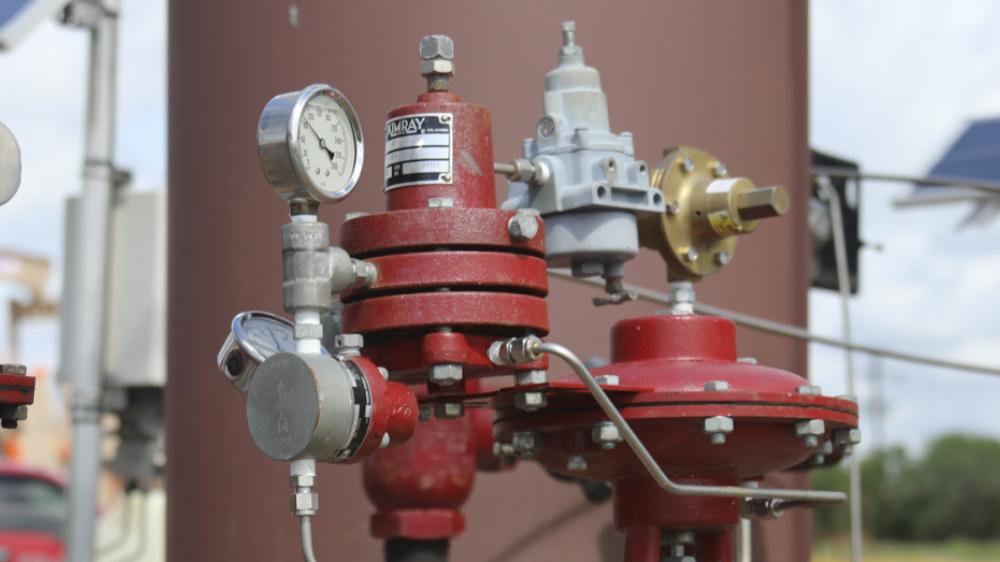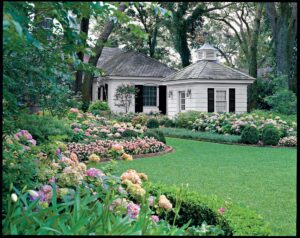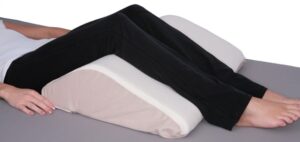
It is important to start this article on the pressure control valve by saying that its definition has been discussed for a long time, and everyone accepts not all definitions. In some of the definitions discussed, the control valve required an actuator that could be actuated externally. And following this definition, a self-actuated regulating valve, through its energy from the handled fluid, is not considered a control valve but includes the solenoid valve and other ON/OFF valves. Visit Blackhawk supply to see different collections.
It is even questionable that an ON/OFF valve can be described as a control valve because some definitions believe it can open, close, and stay in any intermediate position. But it has to be said that not all control valves can provide a complete seal.
Another setting on the control valve says the control valve determines that the pneumatic actuator sets a signal to the valve actuator. But this valve actuation signal can be transmitted via controller, manual station, pilot solenoid, or even if the valve is manually actuated.
One thing is sure; there is no established boundary between a control valve and an actuator shutoff valve. Although the control valve is not specifically appropriate to generate a complete seal and the shutoff valve is not used in an intermediate position, some of the control valves can generate a complete shutoff, and some types of shutoff valves may work in intermediate positions (modular).
A control valve seen on Blackhawk supply for example is developed to work by modulating continuously and effectively with a minimum of hysteresis and friction in the packing of the stems. As far as total sealing is concerned, it is just an option that can be added. And when it comes to the flow equations of a control valve, it is applied similarly to a manual valve, but they are designed in different ways.
The solenoid valve can be considered a continuous process control valve. It is possible to control temperature and level from a solenoid valve, as some models can resist a specific cycle without affecting premature wear on their stems and diaphragms.
The TRIM of the control valve is appropriately related to:
1 – The opening, closing, and modulation of its flow
2 – The control valve’s characteristics to open and flow through the valve.
3 – The valve’s flow capacity (CV).
4 – Reduction of undesirable forces on the valve, such as those that oppose the actuator, those that tend to rotate or vibrate parts, or those that impose heavy loads on guides and supports.
5 – Factors to minimize the effects of erosion, cavitation, flaking, and corrosion.





